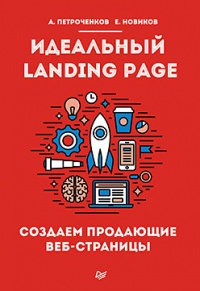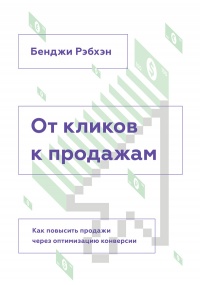Книга Код убеждения. Как нейромаркетинг повышает продажи, эффективность рекламных кампаний и конверсию сайта - Кристоф Морен
На нашем литературном портале можно бесплатно читать книгу Код убеждения. Как нейромаркетинг повышает продажи, эффективность рекламных кампаний и конверсию сайта - Кристоф Морен полная версия. Жанр: Книги / Домашняя. Онлайн библиотека дает возможность прочитать весь текст произведения на мобильном телефоне или десктопе даже без регистрации и СМС подтверждения на нашем сайте онлайн книг knizki.com.
Шрифт:
-
+
Интервал:
-
+
Закладка:
Сделать
Перейти на страницу:
Перейти на страницу:
Внимание!
Сайт сохраняет куки вашего браузера. Вы сможете в любой момент сделать закладку и продолжить прочтение книги «Код убеждения. Как нейромаркетинг повышает продажи, эффективность рекламных кампаний и конверсию сайта - Кристоф Морен», после закрытия браузера.
Книги схожие с книгой «Код убеждения. Как нейромаркетинг повышает продажи, эффективность рекламных кампаний и конверсию сайта - Кристоф Морен» от автора - Патрик Ренвуазе, Кристоф Морен:
Комментарии и отзывы (0) к книге "Код убеждения. Как нейромаркетинг повышает продажи, эффективность рекламных кампаний и конверсию сайта - Кристоф Морен"
























